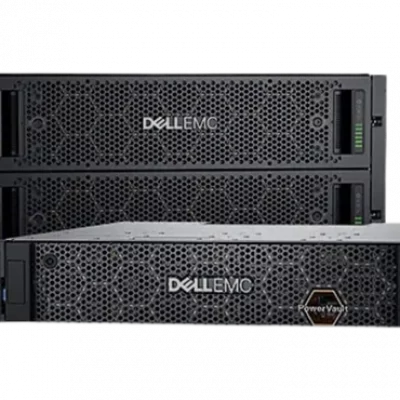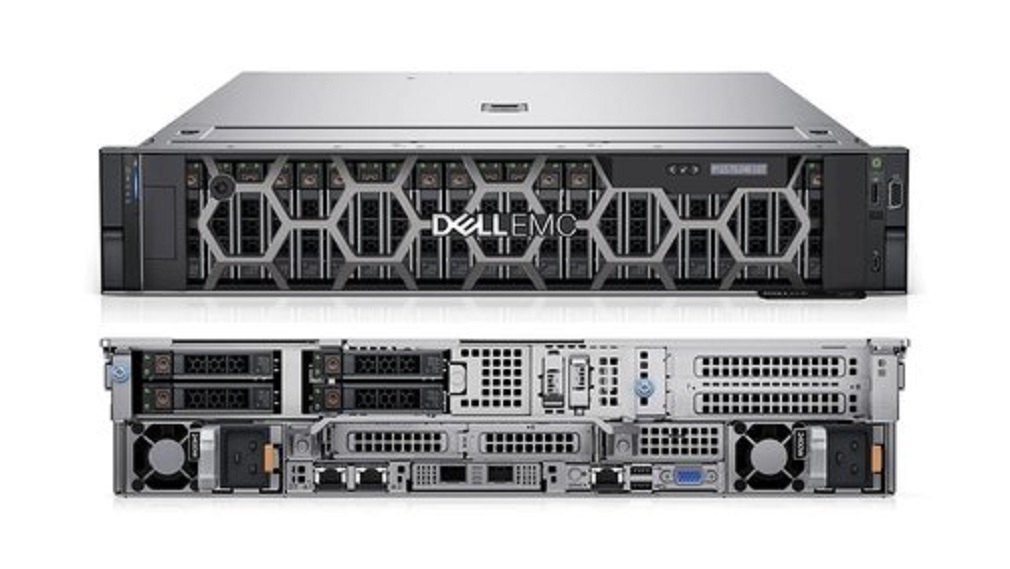Dell EMC SAN Recovery

Our team has a proven track record of successfully recovering data from Dell EMC SAN systems, showcasing unmatched expertise and an in-depth understanding of the technology. We recognise the serious impact of losing mission-critical business data and are committed to providing efficient solutions that minimise downtime and financial risk.
We begin each case with a comprehensive analysis of the affected Dell SAN system, taking time to understand the exact cause and extent of the data loss. Using specialised techniques and industry-leading tools, we safely retrieve your data while preserving its integrity throughout the recovery process.
Alongside technical excellence, we prioritise client communication and satisfaction. You’ll receive clear updates at every stage and solutions tailored to your business objectives and budget. With RAID Recovery Services, you can be confident that your Dell EMC SAN data is in expert hands—recovered securely, reliably, and with minimal disruption.
Dell EMC SAN Possible Failures
Whether due to accidental deletion, hardware failure, or other forms of data loss, our team at RAID Recovery Services is fully equipped with the expertise and tools to handle all types of Dell EMC SAN systems. Don’t let data loss disrupt your operations—trust us to deliver best-in-class recovery solutions tailored to your business needs. Contact us today for a free consultation and expert support.
SAN environments depend on critical hardware components—drives, controllers, and network infrastructure. When these fail, data loss is often inevitable. Regular monitoring and proactive maintenance are key to reducing risk.
Complex SAN software can encounter bugs or malfunction, resulting in corrupted or inaccessible data. In such cases, expert recovery is required to restore system functionality and data integrity.
Unexpected power outages or surges can damage SAN hardware and lead to serious data corruption. Using uninterruptible power supplies (UPS) helps maintain stable power and protect data.
Accidental file deletions or incorrect configuration changes are common causes of SAN data loss. Enforcing strict access controls and regular staff training can significantly reduce human-related incidents.
Floods, fires, and other disasters can destroy SAN infrastructure. Having secure off-site backups and a well-prepared disaster recovery plan is essential for business continuity.
Dell EMC SAN systems are not immune to cyber threats, such as ransomware or hacking attempts. Strong cybersecurity practices and regular software updates are vital to protecting stored data.
Signs of Dell EMC SAN Failure
Recognising the early warning signs of failure in a Dell EMC SAN (Storage Area Network) is essential to preventing severe data loss. These systems form the foundation of many organisations’ data infrastructure, and any disruption can result in costly downtime and the potential loss of critical information.
If you notice any irregularities or signs of potential data issues, it’s vital to act immediately. Contacting a specialist such as RAID Recovery Services can help you take swift, informed action before the situation escalates.
Don’t wait—call us on 020 4617 0477 or complete the form for expert assistance and data protection.
Key indicators of potential SAN failure include:

Strange sounds such as clicking or grinding from the hardware often indicate mechanical failure or an imminent disk drive issue.
A noticeable decrease in data retrieval or storage speed may point to hardware degradation or misconfigured software within the SAN system.
Frequent alerts or system warnings related to hardware faults or data corruption should never be ignored—they often reflect deeper system problems.
Inability to access files, missing data, or corrupted content typically suggests serious issues within the SAN infrastructure.
Unexpected shutdowns or system crashes may be due to failing hardware components or critical software conflicts within the SAN.
Elevated temperatures in SAN components can cause long-term damage. Continuous temperature monitoring is essential to prevent thermal-related failures.
